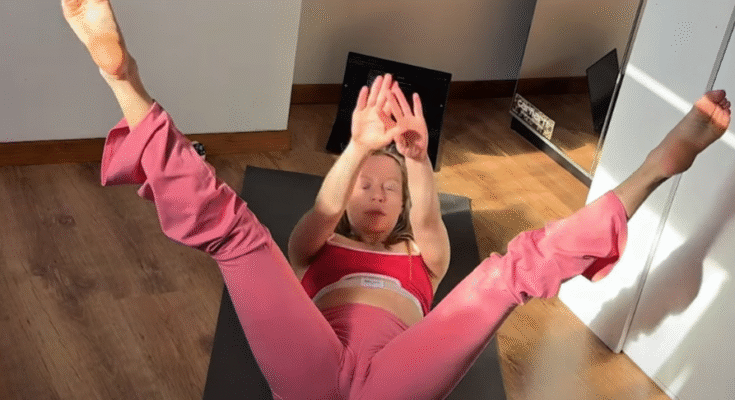Stretching at home is a simple yet powerful way to improve your health, flexibility, and overall well-being. Whether you’re an athlete, an office worker, or just someone who wants to feel better in their body, adding regular stretching to your daily routine can make a big difference. The best part? You don’t need any special equipment or a gym membership. All you need is a few minutes, a bit of space, and a willingness to move.
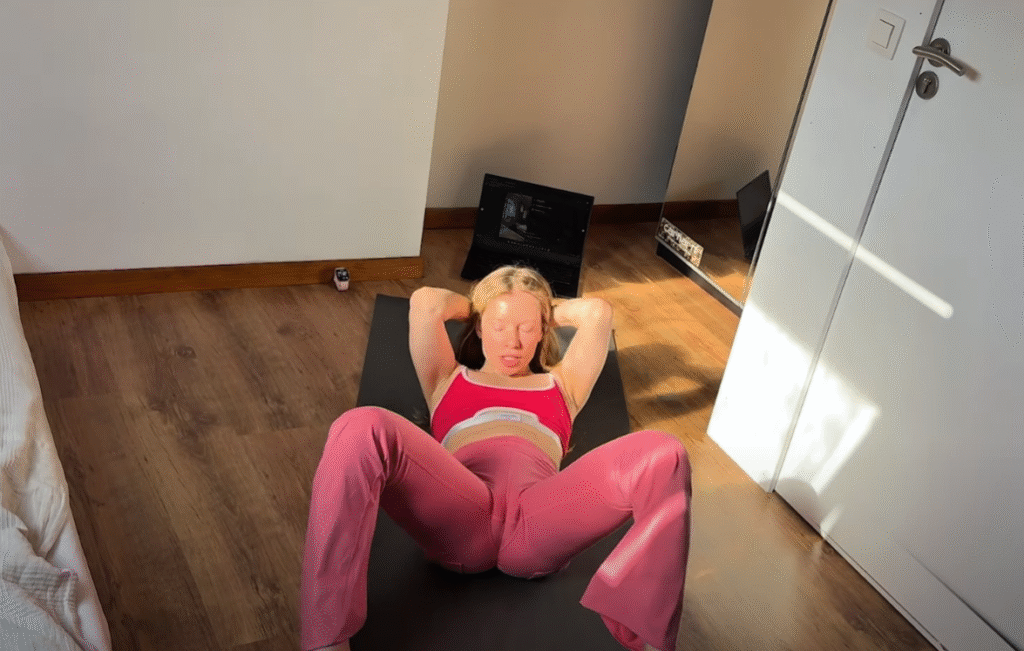
One of the biggest benefits of stretching is improved flexibility. As we age or spend more time sitting, our muscles and joints can become stiff. This can lead to pain, limited movement, or even injury. Stretching helps keep muscles long, lean, and limber. It also improves your range of motion, making everyday tasks like bending down, reaching for something, or climbing stairs easier and more comfortable.
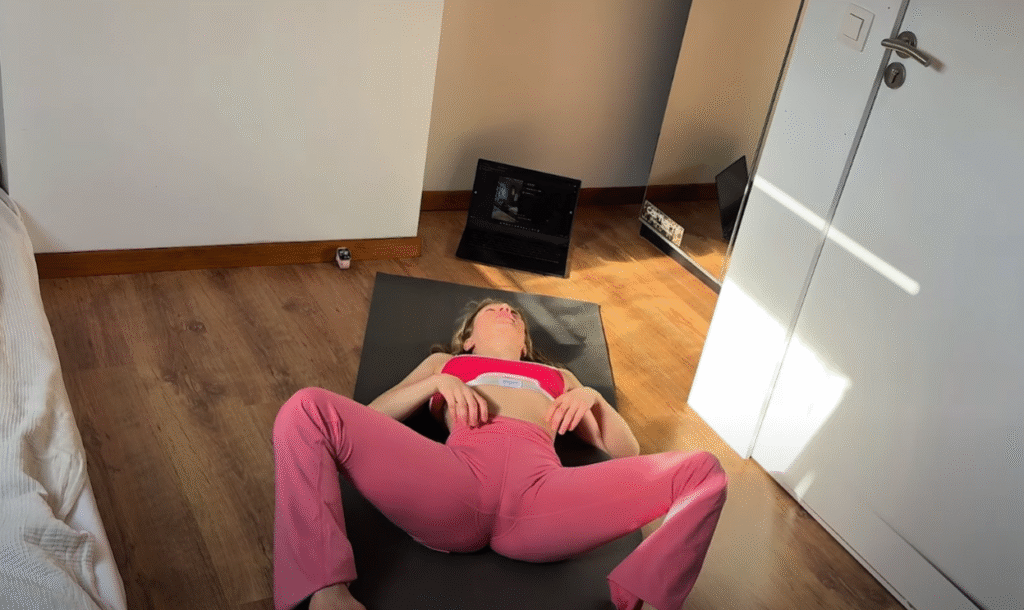
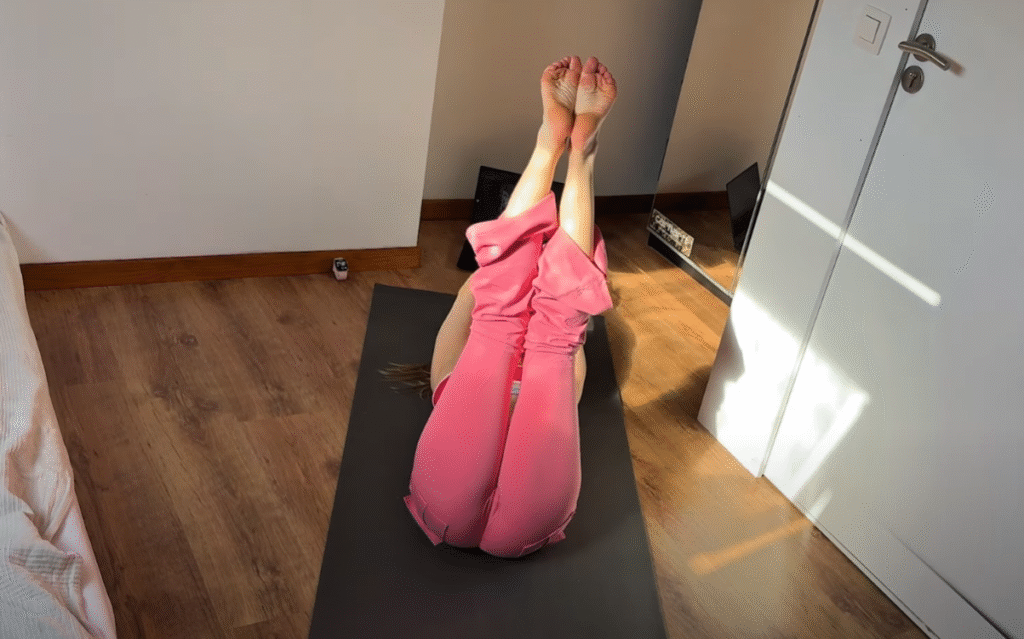
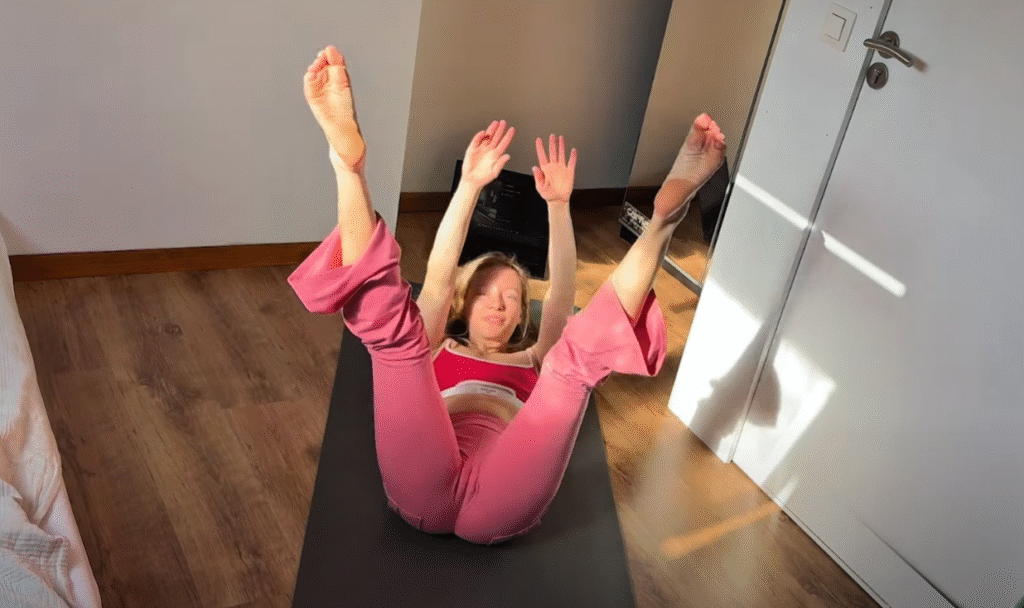
Stretching at home is also great for relieving stress. When we’re stressed, our muscles tend to tighten up—especially in the neck, shoulders, and back. Gentle stretching helps release that tension, improves circulation, and brings fresh oxygen to your muscles. Many people find that stretching not only relaxes the body but also calms the mind. It can be a peaceful moment in a busy day, helping you reset and refocus.


Creating a home stretching routine doesn’t have to be complicated. Start with a few basic stretches that target major muscle groups, such as the hamstrings, calves, quadriceps, hips, back, and shoulders. For example, a standing hamstring stretch, a seated forward fold, a cat-cow stretch, or a simple neck roll are all excellent choices. Hold each stretch for about 15 to 30 seconds, and remember to breathe deeply. Never bounce while stretching, and listen to your body—stretch to the point of gentle tension, not pain.
Consistency is key. Stretching for just 10–15 minutes a day can lead to noticeable improvements over time. Some people prefer to stretch in the morning to wake up their muscles and start the day with energy. Others like to stretch in the evening as a way to wind down and relax before bed. You can even stretch while watching TV or during work breaks. The important thing is to make it a habit.
If you’re new to stretching, there are plenty of resources available to guide you. Online videos, apps, and free tutorials can help you learn proper form and discover new stretches. As you become more comfortable, you can build a routine that suits your needs and goals—whether that’s improving posture, relieving back pain, or increasing flexibility for sports or dance.
In conclusion, stretching at home is a low-cost, high-reward activity that benefits people of all ages and fitness levels. It’s a gentle way to care for your body, reduce stress, and enhance your daily life. So roll out a mat, take a deep breath, and stretch—it’s one of the best gifts you can give yourself.
